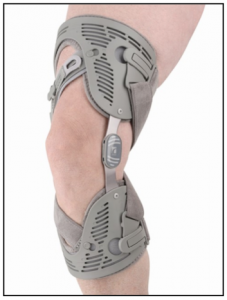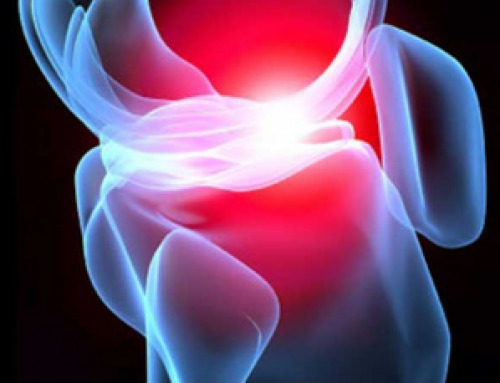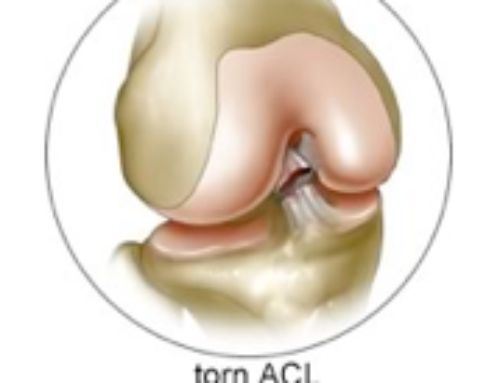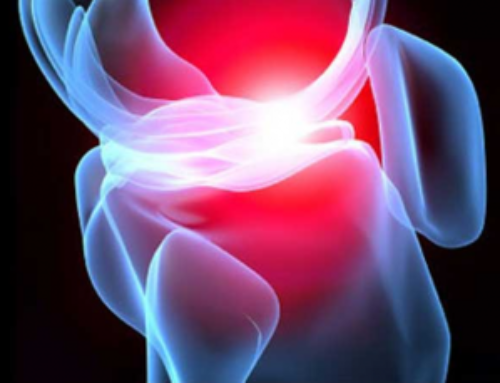by Sportsdoc Raj
The knee is a hinge joint composed of the femur (thighbone), tibia (shinbone) and patella (kneecap) and stabilized by numerous muscles and ligaments. The knee bears constant stress from supporting body weight and absorbing the impact of walking, running, etc. Knee braces can be used to provide support and stability to the joint.
There are four (4) general classes of knee braces: (1) prophylactic braces; (2) functional braces; (3) rehabilitative braces; and (4) unloader braces. Each class 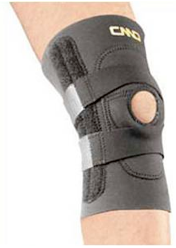 has its own advantages and disadvantages, and proper care must be taken to choose the appropriate one. Regardless of the choice, the knee brace must not interfere with the activities of daily living and the functionality of the joint.
has its own advantages and disadvantages, and proper care must be taken to choose the appropriate one. Regardless of the choice, the knee brace must not interfere with the activities of daily living and the functionality of the joint.
A seasoned Los Angeles knee surgeon such as Dr. Raj at Beverly Hills Orthopedic Institute can help you decide which brace is best for your treatment. There are some braces that are great for helping avoid surgery, while others can help you post-operatively with recover.
Prophylactic Braces
These braces are made from metal and other materials, and are designed primarily for protective purposes in contact sports such as football and hockey. They are used to prevent injury the the Medial Collateral Ligament (MCL), by providing support during rotational stress. Studies have shown their effectiveness in reducing injury rates, and they are recommended for use in contact sports, particularly for protecting the MCL and other ligaments of the knee.
Functional Braces
Functional braces are best used for sports injuries, rehabilitation and post-operatively. These braces provide stability and support while the knee recovers from injury or treatments for the injury. There are specific kinds of functional braces for the different kinds of injuries; you will need a functional brace tailored to what ligaments need to be supported while healing.
A functional knee brace may be prescribed as part of physical therapy. While some patients may find them uncomfortable, they have been shown to not only improve stability, but to also reduce the risk of injury to the other ligaments and tissues.
Rehabilitative Braces
These braces are designed to allow the joint to heal; as such, their design limits the movement of the knee to protect injured ligaments and to regulate movement during the rehabilitation phase. They are built from foam liners on an adjustable metal frame around the knee, and are usually kept in place for several weeks before being replaced by another, more mobile, kind of knee brace.
Unloader Braces
The unloader braces are indicated for people who suffer from osteoarthritis in the medial (inner) knee compartment. They work by transferring the biomechanical stress from the affected joint onto the thigh bone,  forcing the knee to bend away from the affected area, which is often painful to touch. Braces are custom designed, and are built from materials such as metal, foam and plastic.
forcing the knee to bend away from the affected area, which is often painful to touch. Braces are custom designed, and are built from materials such as metal, foam and plastic.

